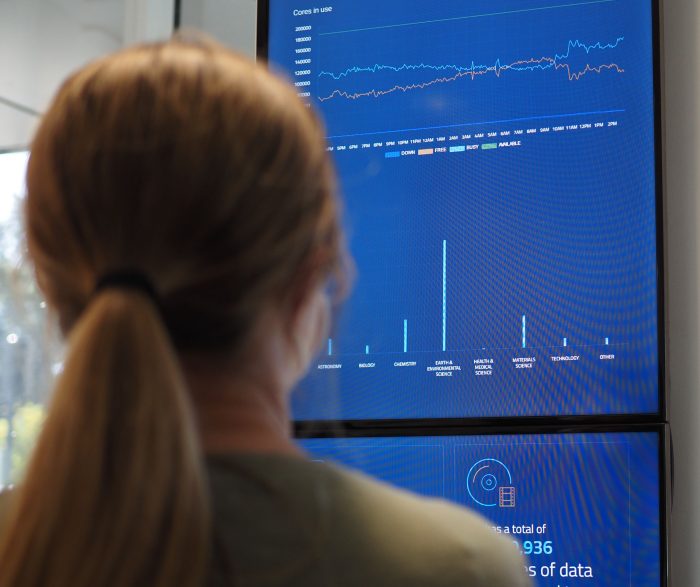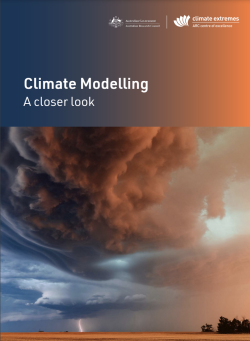Climate scientists have been researching wild thunderstorms in SA/NT in the past year, analysing the factors that led to widespread damage.
Thunderstorms in South Australia in November 2022 saw widespread damage to the electricity grid, caused by wild winds and knocking the state out of the National Electricity Market. Meanwhile in Alice Springs, a “microburst” damaged homes, even blowing the roof off of a local school.
The analysis is part of The State of Climate and Weather Extremes 2022 – a report of leading climate researchers from the ARC Centre of Excellence for Climate Extremes.
“Winds from thunderstorms are challenging to observe and predict” says Andrew Brown, thunderstorm expert at the ARC Centre of Excellence for Climate Extremes.
“These wild winds from November 2022 caused widespread damage to South Australia and the Northern Territory, so it’s important that scientists look back on these events to find out why they happened and what we can expect in the future” says Brown.
“In this case, the thunderstorms that hit Adelaide and Alice Springs on the same day were very different. Adelaide was hit by a 140km long set of storms, including a “bow-echo” phenomenon associated with destructive surface winds. In Alice Springs, a 10km wide thunderstorm produced a microburst, a type of strong wind event common over over regions where there is a deep layer of hot, dry air near the surface.”
Scientists say more research is necessary to ascertain how climate change will impact events like these in the future.
“The impact of these thunderstorms in South Australia and the Northern Territory was significant” says Brown.
“Developing the science around thunderstorms and damaging winds is vital. We need to improve our ability to predict different types of events and plan for a possible future under climate change where our buildings and essential infrastructure like the electricity grid may be at risk of more severe storms more often”

“Climate models are how we predict the future of our climate – a crucial need as our planet warms.”
Professor Andrew Pitman, AO, FAA. Centre Director. ARC Centre of Excellence for Climate Extremes.


